I have never spent any time exploring this part of northern Florida, and I had never heard of Peacock Springs. It is just 20 miles from Dowling Park.
The park is primarily used by Scuba Divers, as there are a series of underwater passages through the springs. There is no camping in this State Park.But there is also an educational interpretive trail, which is what Thistle and I came to hike.
The entrance is a bumpy dirt road. Drive slow and enjoy the scenery. Pay your $4 park entrance fee at the kiosk, unless you have a state park pass.
I found out this park is VERY popular with divers, especially on a Sunday afternoon. The parking lot was full except one narrow slot that my Honda Fit could "fit" in.
Peacock Springs is really a series of springs along a long slough that eventually flows into the Suwannee River. My first view was of Peacock Springs II.
Looking up the slough toward Peacock Spring I. These springs are in a cypress-dominated Floodplain Swamp, one of eight natural communities found in this park. Cypress trees surrounding Spring II.
Looking down the slough toward Peacock Spring III. The other springs along the slough have different names.
Divers staging area.
There is a memorial near the steps leading to Spring I.
The steps are dedicated to the memory of Sheck Exley. One side is currently under repair. The steps make it easier and safer for divers to enter the water.
Divers entering the water. The extensive submerged cave system attracts divers from all over the world.
It would be easy to say that the springs got their name from the peacock color of the water, but that is not the case. They are named for the original owner of the land. More on that later.
The Interpretive trail starts here.Immediately I notice a small sinkhole with water from the aquifer visible. It is very small and it is not possible for divers to enter here.
I learned a lot of things I did not know on this trail. Signs identify trees and other flora, as well as showing us what lies below out feet that we cannot see. The trail follows the path of the cave system.
But first we learn a little history... about the name and the town.
John Peacock was a very busy man.
The town of Luraville as it appeared in the 1890s.
The Lulaville Railway.
The Lulaville Country Store on the corner of Highway 51 is the most prominent business in Lulaville today. It is a hangout for divers and has a good reputation for food served. I think if I have time to return while I am here, I will visit here and learn more about Lulaville. That will be another blog post.
This tree is an American Hornbeam, also called musclewood because of its muscular looking trunk. I had never heard of it.
Do you see the muscular sinews around this elbow?Thistle and I come to the first of several signs that answers the question, "What is beneath your feet?"
The Breakdown Room is 20 feet below.
Diver navigating the tunnel leading to the "Breakdown Room."
We have now left the Cypress trees and have entered another realm...an Upland Hardwood Forest, heavily shaded by a canopy of Florida Maples and other hardwood trees.
It says this stand of maples is one of the largest in the state. Who knew?
I will need to come back in the fall and see if the leaves on Florida Maples turn vibrant colors like northern maples do.
There is no sign here, but this land seems to be sunken, perhaps where limestone has collapsed underneath.
Another tree I had not heard of.
Leaves with double serrated edges. Looks like a saw blade.
This is not the same tree, but I liked what looked like the head of a woodland creature sticking out of its trunk.So what creatures live in the caves, you ask?
There are Troglobites that can only survive in caves, and Trogophiles that just like to hang out in caves, and Trogloxenes that just visit caves and then go home. Pretty cool, huh?
There are magnolia trees here, but they are not in bloom yet, so I didn't take a picture.
The Sparkleberry tree is almost ready to bloom into those pretty white flowers that remind me of Lily-of-the-Valley.
Can you find the tiny buds starting to form?
The next place we come to is called the "Peanut Restriction." Notice the large sinkhole that lies just above the Peanut Restriction.
The sinkhole is still active.
I began to see some wildflowers. I didn't notice these tiny white flowers have fuzzy edges until I uploaded the photo to my computer. I don't know what they are.
The American Holly is an evergreen tree that grows in the Hardwood Forest.
Next we came to a Pignut Hickory Tree. The wood from this tree is used for tool handles and ladders.
Diamond-patterned bark on the Hickory tree.
I searched and found one hickory nut that the squirrels hadn't carried off.
Here's another one that the squirrels already ate,
A tiny wild violet on the forest floor.
This tree had multiple fungi growing on its trunk.
Another tree, more fungi.Colorful pattern on the fungi.
And now below our feet we have the "Crypt," so named because skeletal remains of a large turtle were found here by cave explorer, Sheck Exley when he discovered this room in 1975.
An offset sink happens when a sinkhole forms adjacent to the main cave rather than directly over it. They have just one passage leading from the main cave tunnel to the room below the sinkhole. Nearby is an example.This tree has two burls, but no squirrels.
Cisteen Sink, an example of an offset sinkhole.
An next to it is a beautiful Floodplain Swamp.
This is a Cabbage Palm, also known as a Sabal Palm. It is the state tree of Florida. The fleshy center can be eaten..."hearts of palm" salad. That is how it came to be called "cabbage" palm.
Well I want to go to the overlook, don't you?
Olsen Sink is what is known as a window into the aquifer because it is not simply a water-filled sinkhole, but actually a portal to the aquifer.
And that's important because it makes the aquifer vulnerable to surface runoff that may carry fertilizers and other chemicals.Olsen Sink is covered with duckweed, tiny native plants that float on the surface.
Not that you wanted to, right?
Duckweed can actually be helpful in protecting water quality by blocking the sunlight which would allow algae and other invasive plants to flourish.
I've heard of Ohio Buckeyes, but not Red Buckeyes.
This one's red blooms are past.Off in the woods I could see some white lilies blooming.
A native wild grape grows here.
Large thick vines circle the tree.
And grow way to the top! You'd have to climb this tall tree to get to the grapes.
Besides the main cave passage, there are numerous smaller passages that experienced cave divers like to explore. But they can be very dangerous.
So warning signs are posted next to the cave entrance to these side tunnels. Divers can easily get disoriented in them because there is no longer any light from the springs above.This entrance to the cave system was discovered in 1967.
Pothole Sink
This tall tree is a Loblolly Pine.
And this is a Live Oak.And we have completed the loop and are back at Peacock Spring I.
People also can swim and snorkel in the springs.
But today it was all about diving. I was the only hiker on the trail.
It looks like divers need a lot of expensive-looking gear. These two women are heading back to the parking lot for their tanks.
Only certified cave divers and students with instructor/guides are allowed in Peacock Springs. There is one other large spring that allows divers certified in Open Water.
There was a display about the limestone and prehistoric marine fossils.
Swim at your own risk, and yes, there might be alligators.
Not sure, but it looked like some diving lessons were taking place in Spring II.
I'm not sure exactly what they were doing.
I think that's Peacock Spring III.
I wonder if Dr. Peacock had an orange grove here? This is another large spring and the only one where Open Water divers are allowed to dive.
Just so you know.The divers' bubbles have opened a hole in the duckweed cover.
I found this photo on a diving website. Looks like duckweed could be messy to dive in.
And one more thing I learned. I had never heard of the McKeithen Indians either. I'll save that for another day.
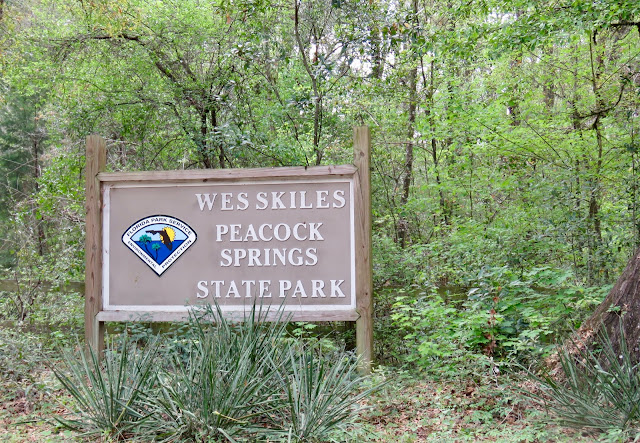

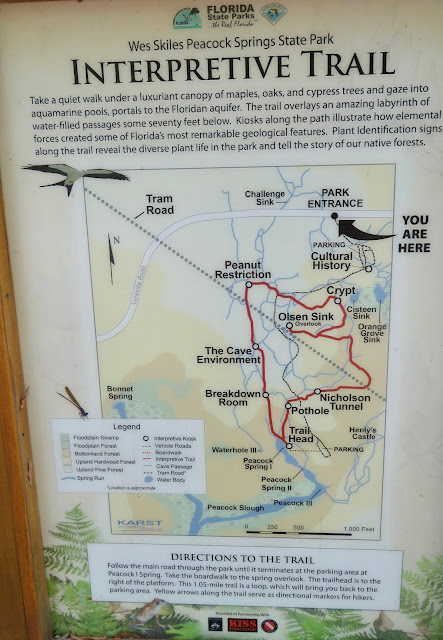



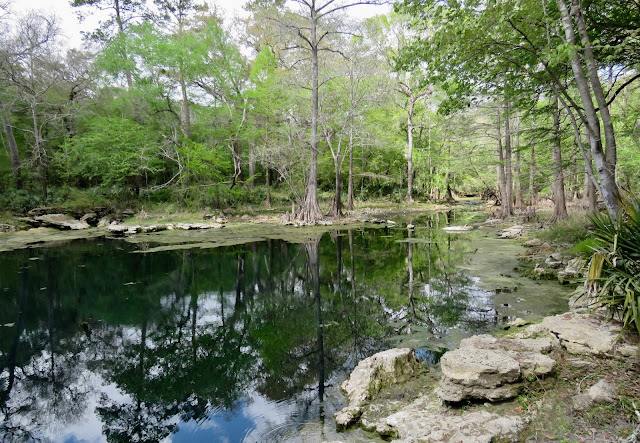






























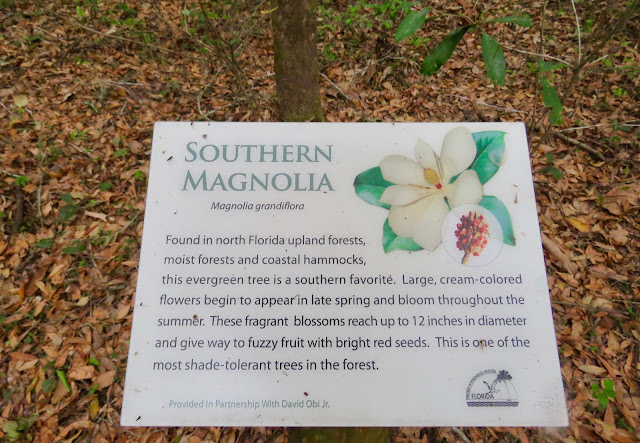











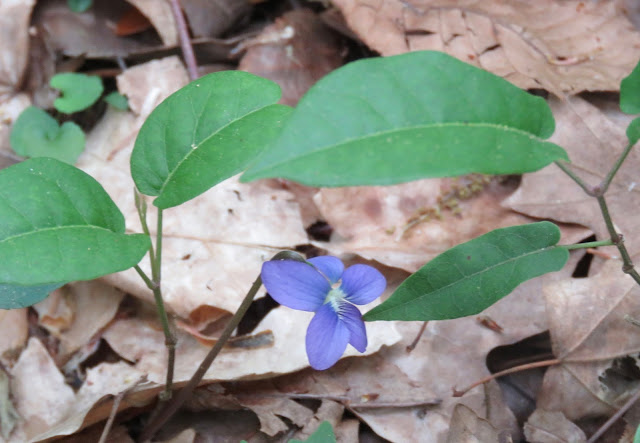



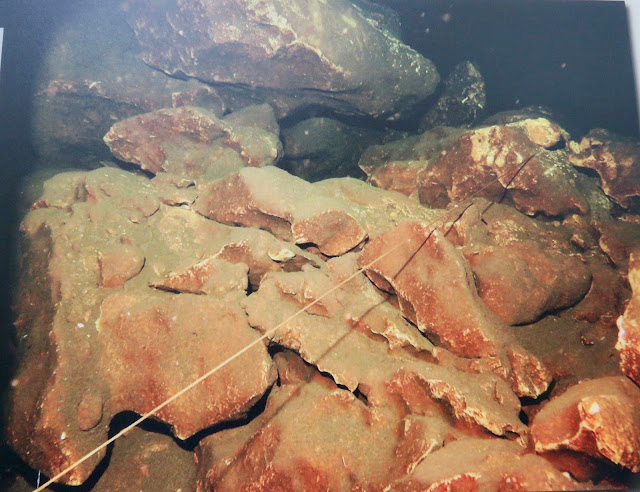


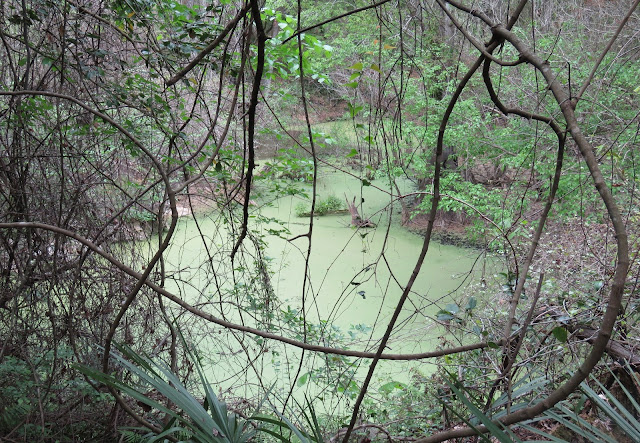


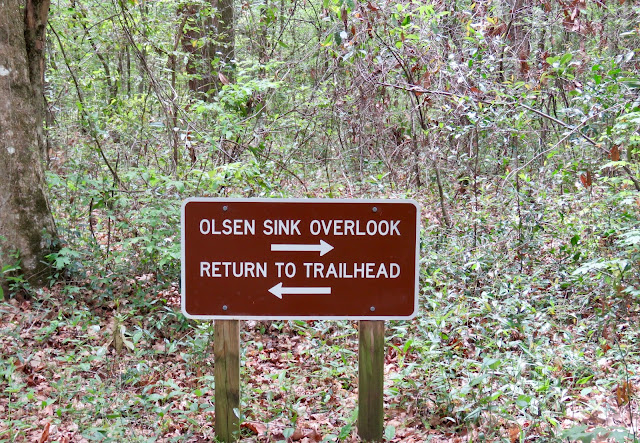









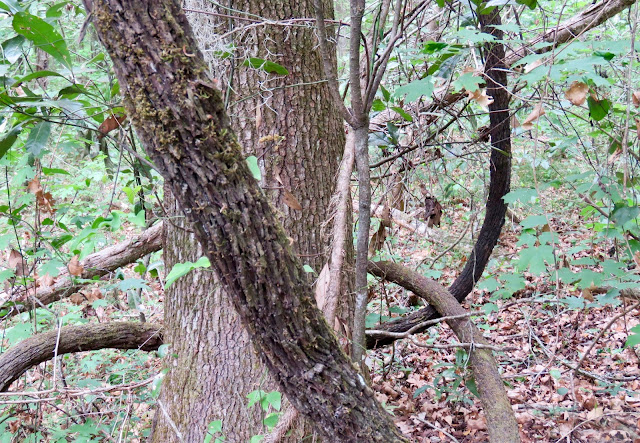
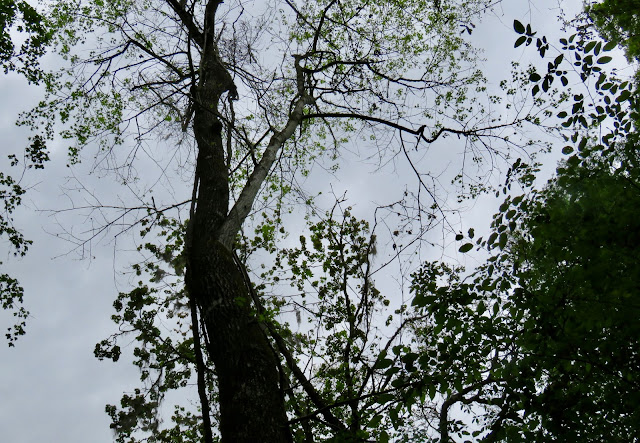




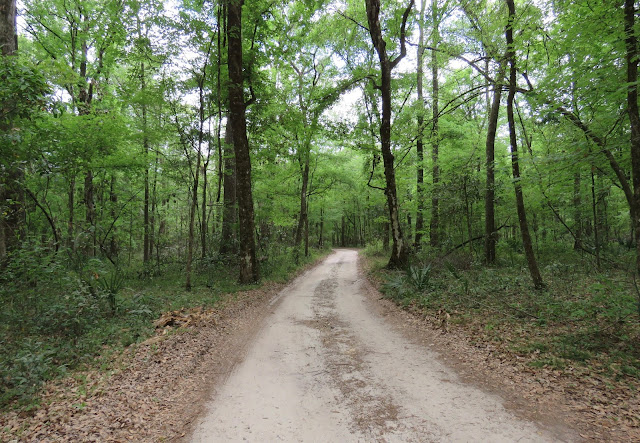


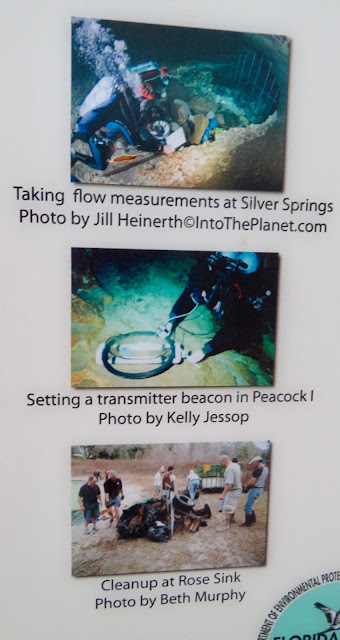















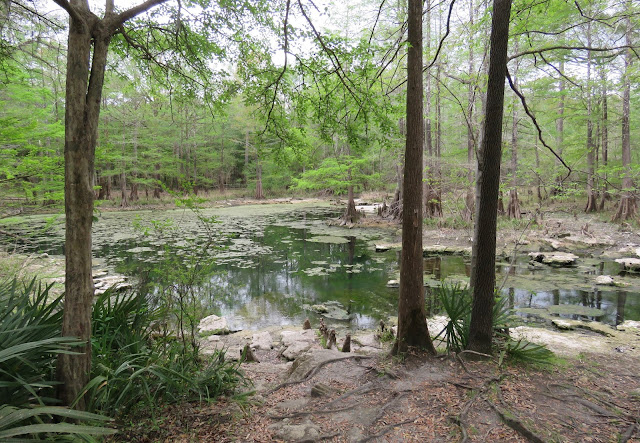









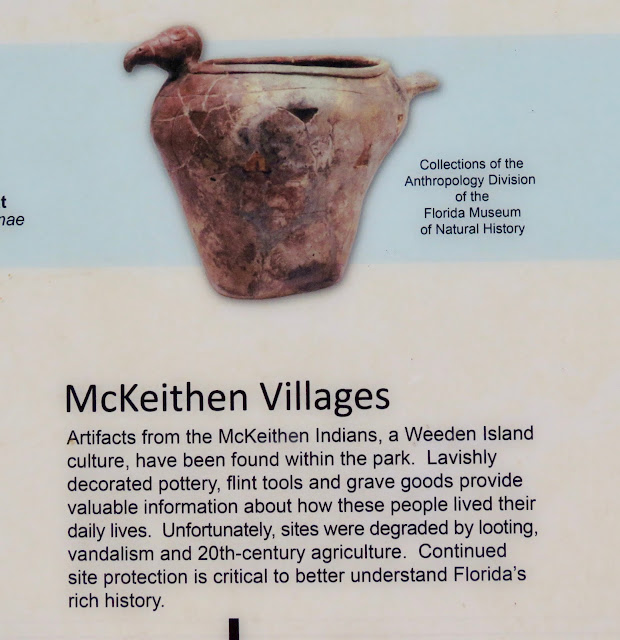
No comments:
Post a Comment